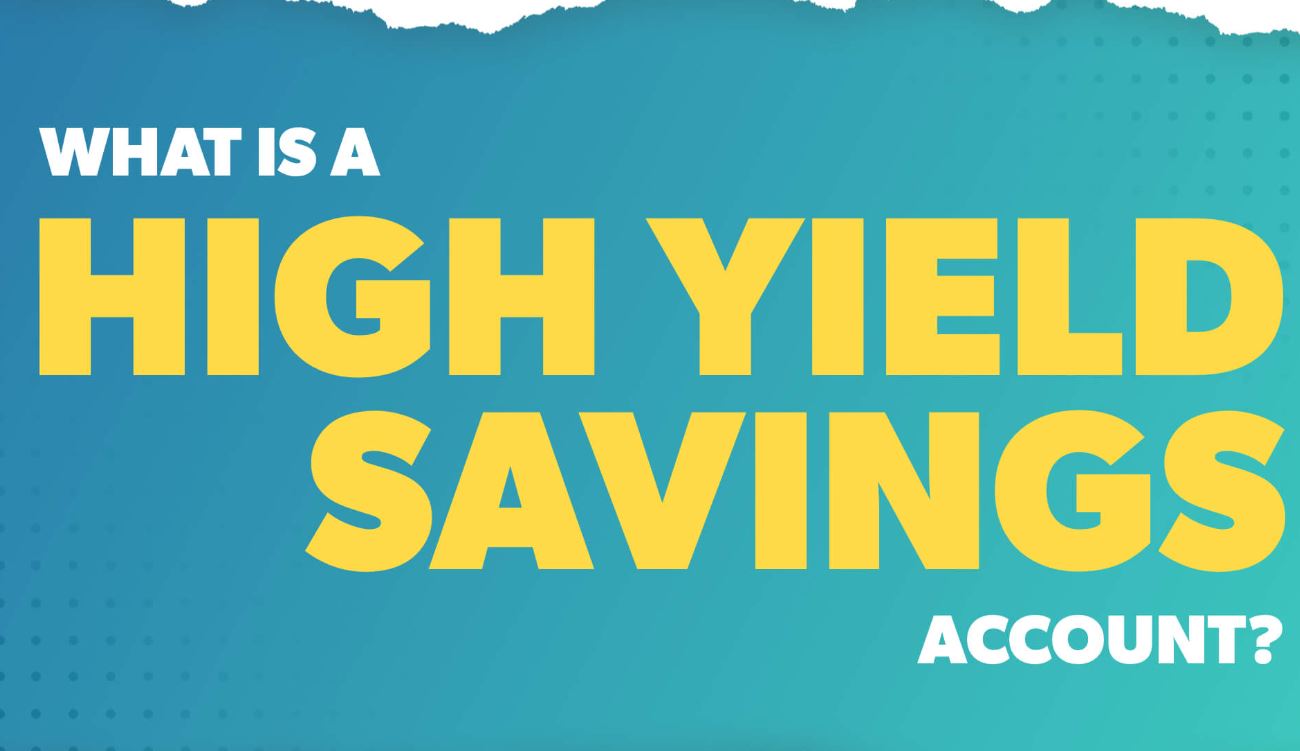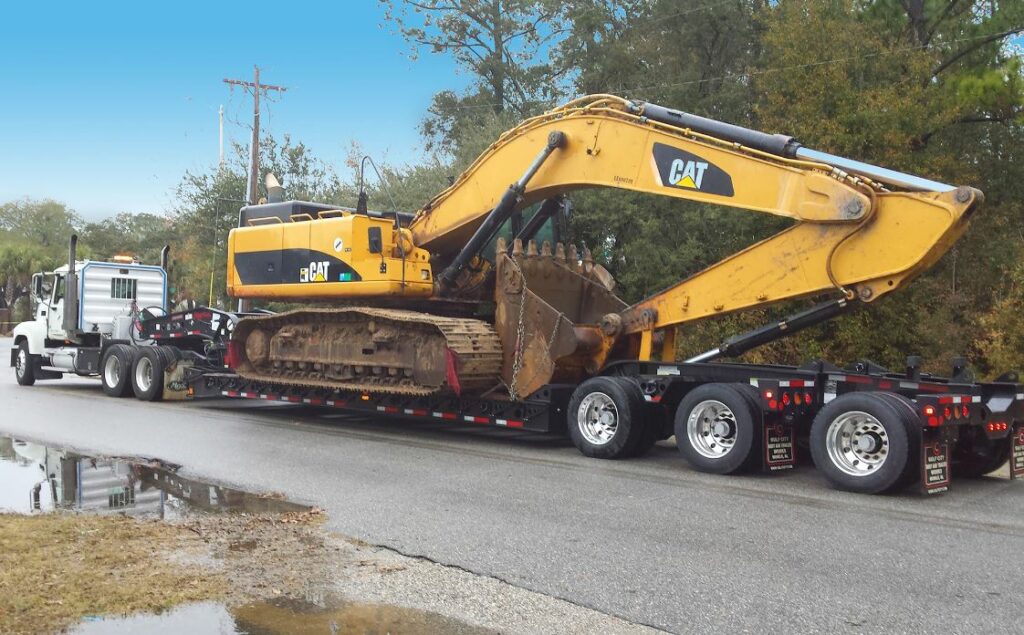
Lantern by SoFi experts says, “It allows you to keep your money securely while it earns good interest.”
In this article, they will compare high-yield savings accounts and traditional savings accounts and help you determine which one is the better option for you.
I. Definition of High-Yield Savings Accounts and Traditional Savings Accounts
A high-yield savings account is a type of savings account that offers a higher interest rate compared to the average savings account.
The interest rate on high-yield savings accounts is typically higher because they are offered by online banks that have lower overhead costs. This allows them to offer higher interest rates without sacrificing their profits.
These savings accounts are ideal for individuals looking for a low-risk investment option with the potential to earn more on their money.
On the other hand, traditional savings accounts are offered by brick-and-mortar banks and credit unions. They have been a staple for individuals looking to save their money for years.
The interest rate on these accounts is lower compared to high-yield savings accounts, but they are widely available and offer the convenience of visiting a physical branch for transactions.
II. Interest Rates
The biggest difference between high-yield and traditional savings accounts is the interest rate. High-yield savings accounts offer a significantly higher interest rate, which means your money grows faster.
On the other hand, traditional savings accounts offer a lower interest rate, which makes it a slow and steady option for saving.
III. Accessibility and Availability
High-yield savings accounts are easily accessible and widely available online. For example, you can open a high-yield savings account with many online banks that offer competitive interest rates and no monthly fees.
On the other hand, traditional savings accounts are available at brick-and-mortar banks and credit unions and may require a minimum deposit to open.
IV. Minimum Balance and Fees
Another difference between high-yield and traditional savings accounts is the minimum balance requirement and fees. High-yield savings accounts may have a higher minimum balance requirement, but most online banks do not have any monthly fees.
On the other hand, traditional savings accounts may have lower minimum balance requirements but may have monthly fees.
V. Safety and Security
Regarding safety and security, both high-yield and traditional savings accounts are FDIC insured, which means your money is insured up to $250,000.
However, online banks that may not have a physical presence may offer high-yield savings accounts, so it is important to research the bank and ensure it is FDIC insured before opening an account.
The best high-yield savings account for you will depend on your personal financial goals and circumstances. High-yield savings accounts offer a higher interest rate, which means your money grows faster but may have a higher minimum balance requirement and be offered by online banks.
Traditional savings accounts offer a lower interest rate but are widely available at brick-and-mortar banks and credit unions and may have lower minimum balance requirements and monthly fees.
Therefore, it is important to research both options and choose the one that is best for you.








